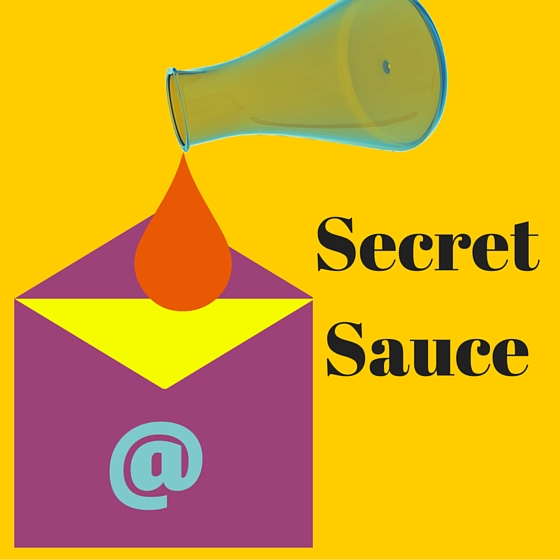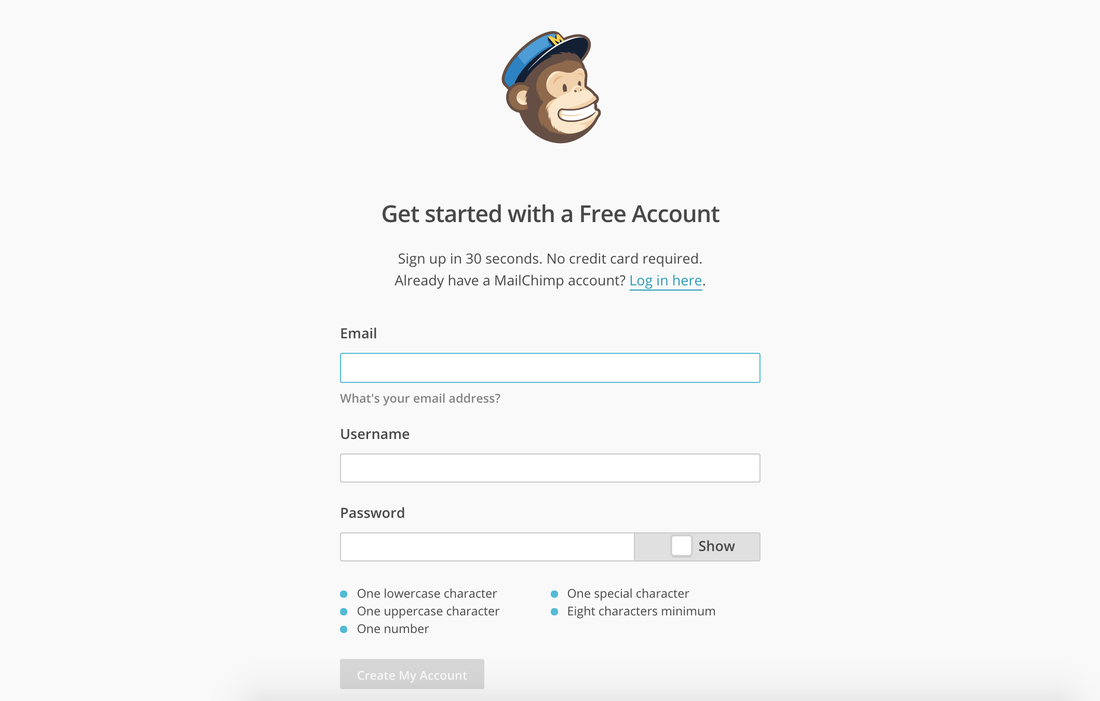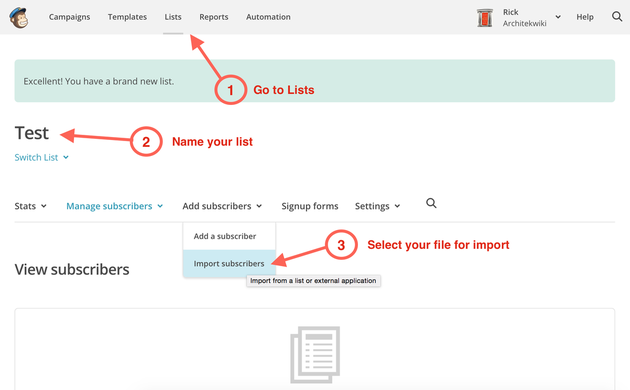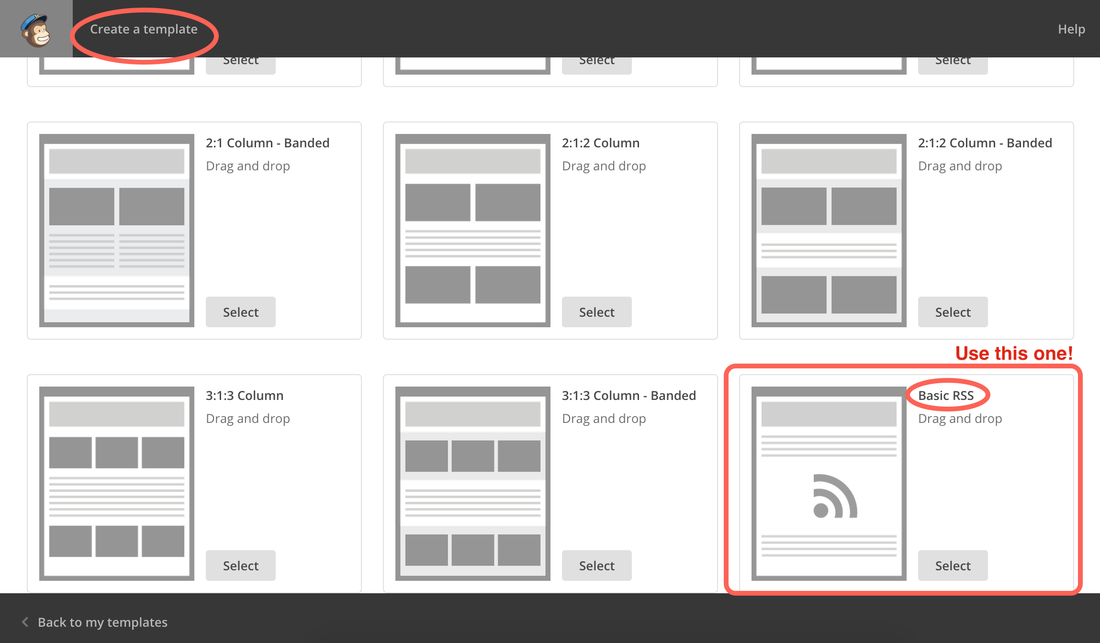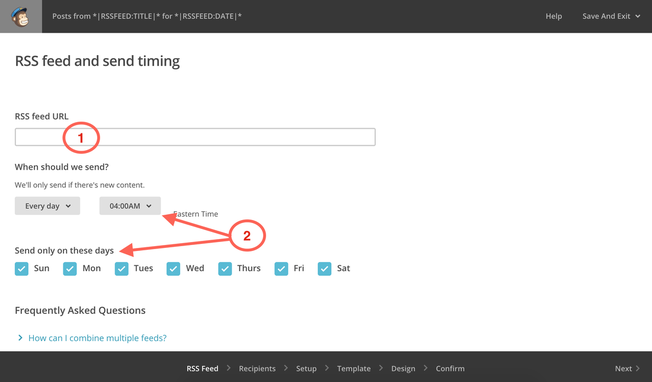How I Found The Secret Sauce For The No 1 Marketing ToolI started publishing a newsletter using Constant Contact about 10 years ago. In hindsight there was a lot we did wrong. Besides focusing on what WE thought clients SHOULD BE interested in, it was a newsletter. We had three articles and several tidbits in each issue. It probably took three days of effort once a month and cost $25/mo. When the economy tanked, neither the time or cost was sustainable. When I started writing Architekwiki I learned from the blogging gurus that you want subscribers because you will eventually want to know who likes your stuff. I implemented that idea using Google’s Feedburner. Feedburner takes your blog posts and turns them into email and sends them to your subscribers for you automatically. Google doesn’t really support Feedburner anymore. A better solution is FeedBlitz, although it has a modest monthly cost. There are a lot of cool things you can do with FeedBlitz. It is a valuable tool. There is just one problem. Unless you use it everyday, you spend too much time trying to figure out how to do things. When I wrote about the No 1 Marketing Tool recently, I initially recommended FeedBlitz. The next day I reflected on how difficult many of you might find FeedBlitz to work with. I googled alternatives to FeedBlitz and found that Aweber and MailChimp were the main competition. I had used MailChimp briefly once before and remembered that it was very easy to use. I didn’t remember it being able to send blog posts automatically. But I found that it does. MailChimp is my secret sauce for Email Marketing. Why Email Marketing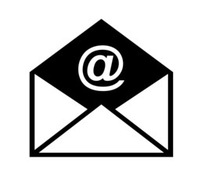 But let’s recap on Why Email Marketing is the No 1 Marketing Tool. We want to use email marketing to get our information in front of our potential clients. The No 1 Marketing Tool explained that. Putting your content in the recipient’s inbox gives you the best chance of being seen and remembered. And the easiest way to create that content is with a blog because it is about the same as throwing together a Word document. Putting in the effort to add Search Engine Optimization isn’t much of an issue because you are emailing the content rather than expecting your prospective clients to find it on their own. That makes your process pretty simple. So email marketing is your chance to be top-of-mind when your prospective clients have a need for what you do. It is the No 1 Marketing Tool. Blog instructions: 250 words plus pics will get looked at. We all know what happens to long non-project emails. Don't train your recipients to ignore you. Keep it short and visually interesting. Topics: no boring newsletter stuff. Use interesting graphics, details, 3D design, past project features, cost info, code strategies that pay off, new materials, interesting use of materials and technology, etc. Frequency: once or twice a month. Every blog I subscribe to that publishes more frequently than once a week occasionally gets deleted without a look. Send too much or too often and you will risk the same treatment. Pictures or screenshots: resize them right in your blog software, use small file size, don't need / don't want millions of pixels. You just need graphics to get attention. MailChimp Because ... Here’s why I think you should use MailChimp for your email service provider for the No 1 Marketing Tool. It is simple. Just three reasons. No. 1 - It is easy. Being easy is actually the only reason you should consider because this Marketing Tip depends on its being sustainable. You don’t have time to learn a new quirky software program. And because you won't touch MailChimp often, it needs to be simple to avoid spending time on a refresher course each time you want to tweak something. And just as importantly you don’t want to drift away from consistently using MailChimp because it seems like a hassle or it takes too long to do simple stuff. So the number one reason for using MailChimp is that it is easy. No. 2 - It's free or cheap. This isn’t as big an issue as being easy, but it is nice to know that you don’t need to devote a lot of money implementing this tool. MailChimp has a free account that allows you to build a list of 2,000 people and send up to 12,000 emails per month. This would have been more than adequate for my firm of six people. If you need a bigger list, the cost is comparable to other services. The only downside to a free account is that you don’t have access to ‘automation’. An example would be automatically sending a welcome email to anyone who signed up through your website/blog. The lack of automation isn’t too much of an issue for most of us that would have to send a welcome email manually once or twice a month. No. 3 - Unsubscribe! This is something that every service provides. You need a service because of this. I have used spreadsheets in Google Drive to hold my mailing list. I have sent emails to that list by using a Google Add On. All of that is free. The problem is that you have to create your own unsubscribe system or risk getting tagged as spam. Getting tagged as spam could make your email account virtually useless as more and more service providers won’t accept your email domain in their system. Eventually you can't even email your spouse. How To Use MailChimpSo just how easy is MailChimp. There are just 4 few steps, and I will walk you through them here.
Getting Signed Up Open the MailChimp website at http://mailchimp.com/ Fill in the blanks and submit. Use the email address that you will want to be the Owner/Admin for the account. This person will receive all emails from MailChimp. Minutes later you will get an email at that address to activate/verify the new account. Return to the MailChimp site and log in. D O N E . Setting Up Your List Create your mailing list by exporting your client list. Include prospective clients and any ‘influencers’ or ‘friends of the firm’. I would make this a selective list of true prospective clients, not your Xmas list. You need only three columns: First Name, Last Name, and Email Address. You should have a need in mind to add any others. This isn’t your Client Relationship Management system. Think of something like HubSpot CRM for that. Export your list as a CSV file. Open the LISTS tab in MailChimp and click Create List. (1) above. Fill in the blanks. MailChimp guides you every step of the way. It is a pretty straightforward process. Don’t worry about the size of your list. It will grow. Focus on starting the process. Down the road, keep your list up-to-date by adding each new prospect or client that you encounter. Setting Up Your Template The template controls what recipients of your email see. Think of it as the stationery. You just need one. I use the Basic RSS template. (It is near the bottom of the templates.) I found this to be the trickiest part because I didn't have confidence that my edits of their template were going to be what I wanted. I was over-thinking it. I just changed some wording and eliminated a couple of built-in items that I didn’t like. You may have to send yourself a few test emails to get the result looking just the way you want it. A preview functionality is built in, too. Save your template and name it for use in setting up your campaign. Setting Up Your Campaign A campaign is the process of merging your template with your blog and sending the emails. You just need one campaign. When you set up the campaign you (1) define the content (your blog URL), (2) set the parameters for when to send, (3) select the recipients (your list), (4) name the campaign, (5) select the template to use (the one you just saved), (6) modify the design (your template takes care of that), (7) confirm that you are ready to start the campaign. Once you set this up, you may never touch it again. A Few Words Of Explanation Linking Your RSS Feed If you don't know the URL of your blog's RSS feed, just enter the URL of your blog and MailChimp will find it. Determining When To Send I have read that the best time to send email so that it is noticed is Tuesday, Wednesday or Thursday between 10:00AM and 2:00PM. Take one of those recommendations or select your own date/time. Select "Weekly" and your day and time. MailChimp will automatically send anything that you had published during the week before. Selecting Recipients Selecting recipients is easy. Select your whole list by the name of the list. Wrap UpThere you have it. You’ve added the secret sauce that implements the No. 1 Marketing Tool, email marketing, with the least amount of effort. - Start a blog. - Post visually interesting photos, 2D or 3D drawings with a few words of description. If you have relevant info on your website (or Facebook), link to it. - Post at least once a month and no more than 4 times. - Set up MailChimp to distribute your posts as email. - Keep alert for potential topics to ‘write’ about. - If you have staff, get some help where you need it. - Consistency is the glue that holds it all together. Not everything you send out will get attention. We all delete email that we think we can live without. So do our clients. Review the statistics in MailChimp periodically to see what subjects get the most ‘opens’. Set realistic expectations. This is a long term process. This is marketing, not sales. You will probably never know whether you get a project because of this. But over time your name will be better known, you will be more likely to be top-of-mind when a need arises, and your audience will feel they know you better. These are all things you want to have happen. This is the easiest way to help it happen. NOW IS THE PERFECT TIME TO GET STARTED. Follow this link for other articles on Business Development
If you would like articles like this delivered to you by email, Sign Up here. Follow on Twitter @Architekwiki ### Comments are closed.
|
x
Archives
February 2024
Categories
All
|
Architekwiki | Architect's Resource | Greater Cincinnati
© 2012-2022 Architekwiki
© 2012-2022 Architekwiki
